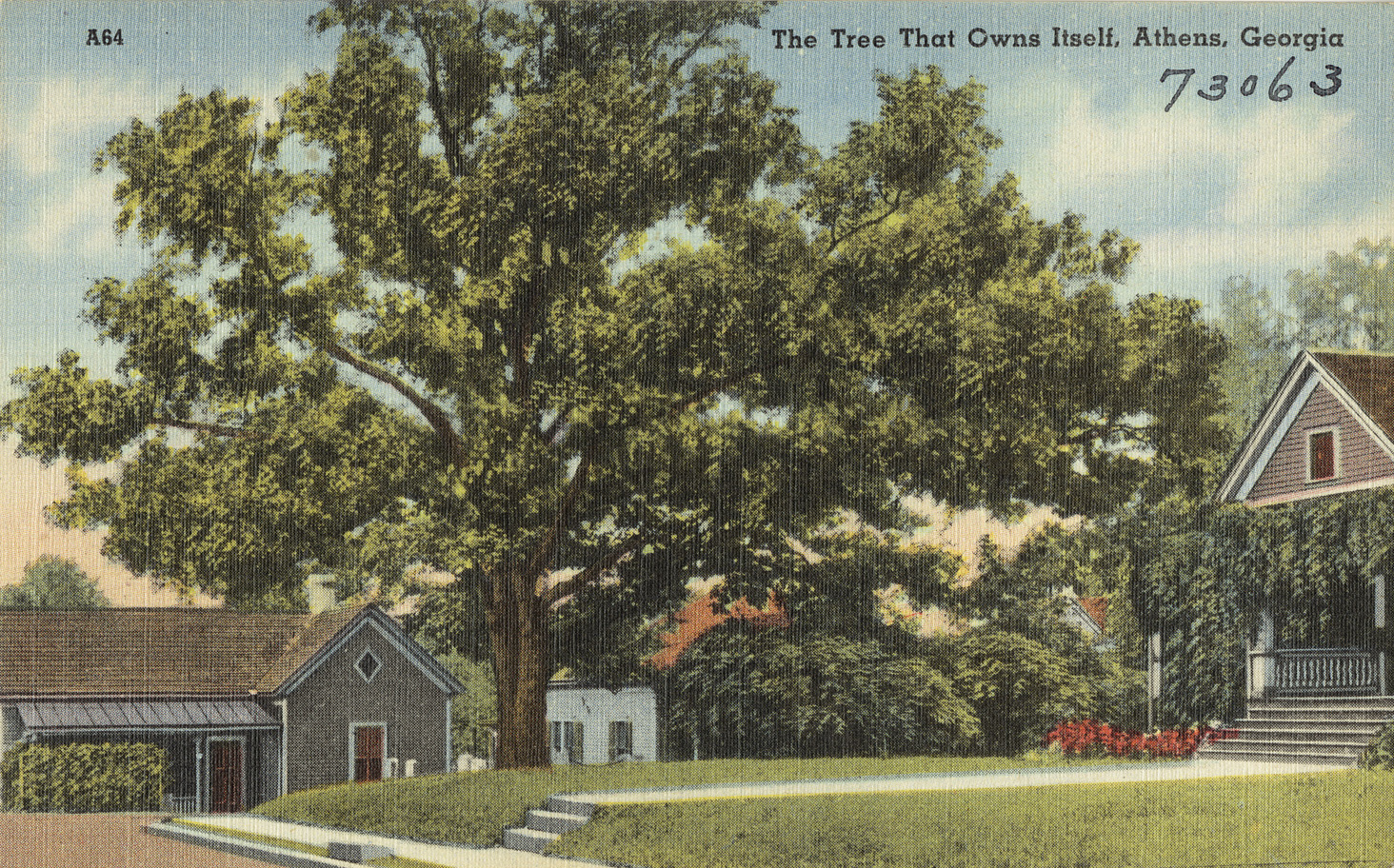That’s the title of an article by Laura Schmitt and Chris Vanjonack. Featuring fourteen libraries from around the world that were established as long ago as 612 CE (Abbey Library of Saint Gall in St. Gallen, Switzerland (you have to wear special library slippers…how cool is that! … although I imagine a nice cup of hot chocolate is not included) to some very contemporary libraries from China (Tianjin Binhai Library in Tianjin, China), Germany (Stadtbibliothek Stuttgart in Stuttgart, Germany), and the US (Seattle Central Library in Seattle, Washington.
The images (one per library) are definitely eye candy and no mean photographic feat since architectural photography is not for the faint-hearted.
As I scroll through the article again and again, I think in the end my favorite image is this one (below) of the Royal Portuguese Cabinet of Reading in Rio de Janeiro, Brazil. As the authors point out, what’s not to love about a library that’s called a cabinet of reading…



